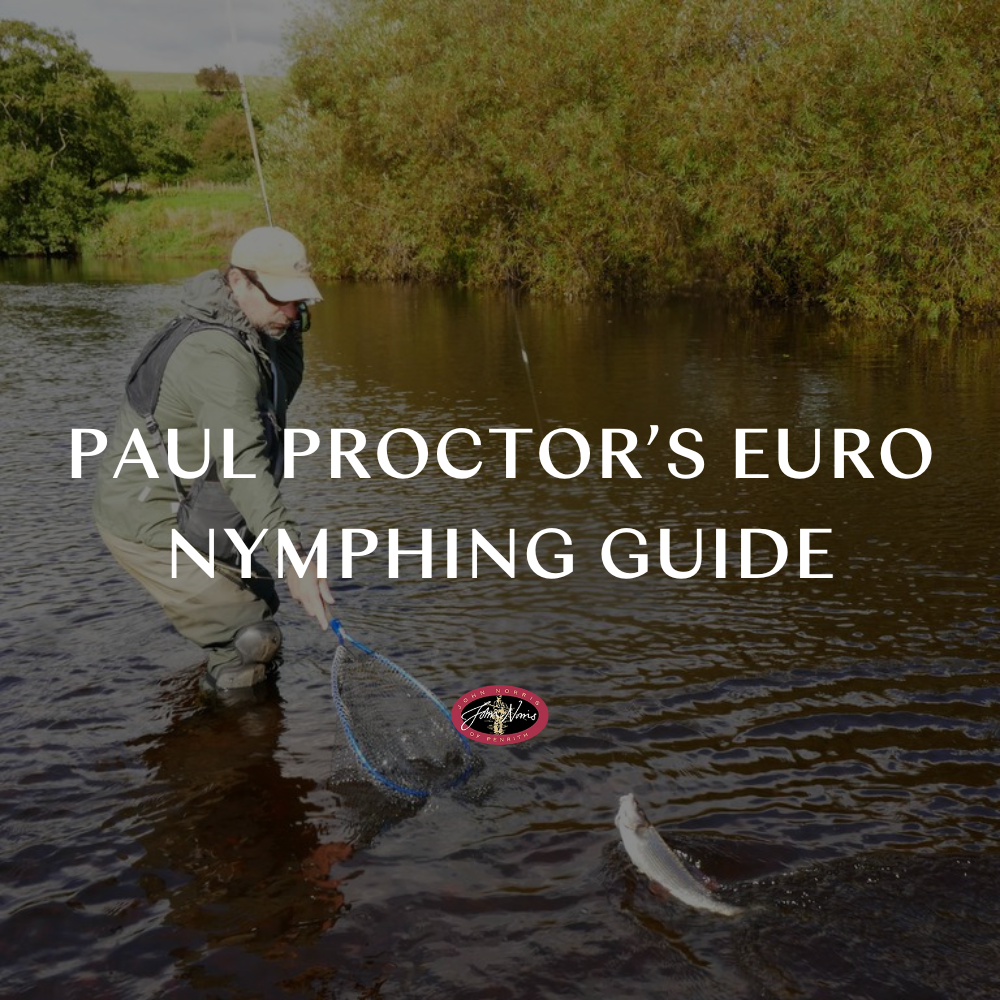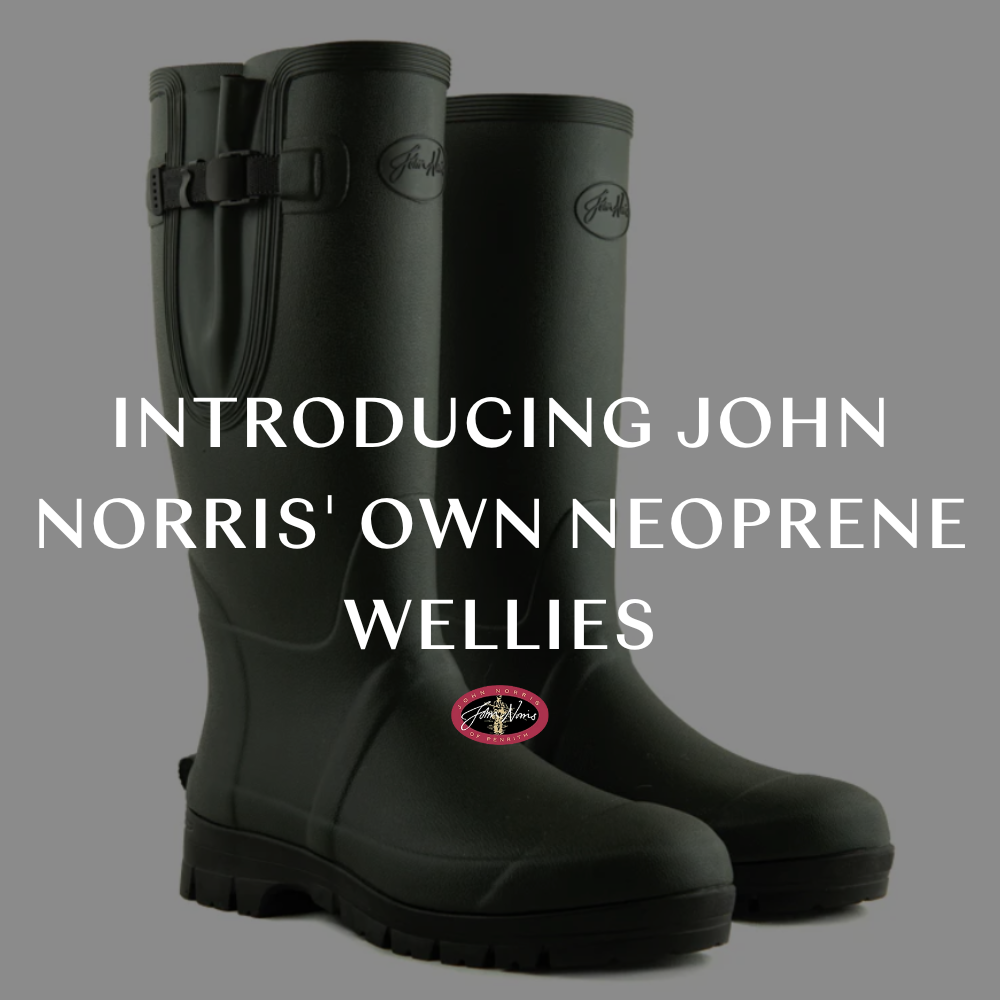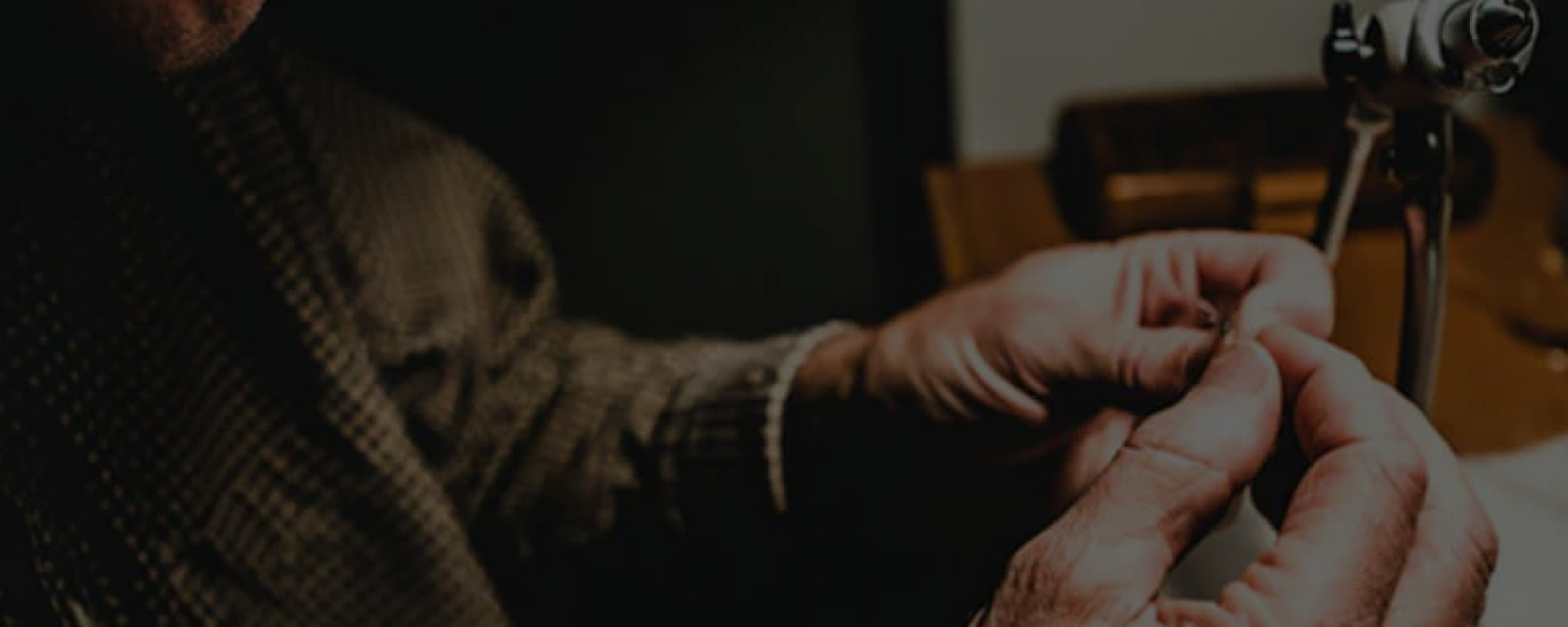Grayling Fly Fishing
What can you do when there is no Trout or Salmon Fishing to be had? What about Grayling? The season for fishing what is affectionately known as the ‘The lady of the stream’ runs from June 16th to March 14th, however, by far the best Grayling fishing is found between August and October, when you will get a greater chance of taking the Grayling on the Dry Fly. The following are some things to bear in mind when looking for in Grayling fly fishing equipment.
Fly fishing Rods for Grayling
The ideal rod Length for Grayling fishing is between 9 & 10’ with a 4 or 5 line rating we have been recommending the Orvis Helios as a top end rod a Greys Streamflex as mid priced and as a budget priced rod the Shakespeare Trion is the best bet.
Fly patterns for Grayling fishing
Always use a floating fly line and control your depth with the weight of your fly.
When looking for fly patterns for Grayling fishing, Klinkhammers are widely considered to be the best, other fishing flies to look out for are Griffiths Gnat, Red Tag, Beacon Beige to name just a few.
When water conditions allow, Lightweight Nymphs and Wet Flies work well. Fished downstream, this is a great method to use when you want to cover a big area of water. The patterns to use fishing this method are Gold Ribbed Hares Ear and Pheasant tail nymphs in their various forms. For wet flies try Partridge and orange, red tag, coch-y-bonddu and silver butcher.
In high water conditions Czech nymphing/bugging is the best option. This is a short line method, typically used with no more than 15 feet of Fly Line out of the tip ring and a team of three heavy nymphs or bugs. It is fished upstream allowing the bugs to gain depth under the Fishing rod tip and rising in the water as they go downstream. A sight indicator is useful with this method to detect takes which can be extremely light and you can also watch the end of the fly line to detect takes. The patterns you should use are Czech Nymphs, Pink Goldies, Dub Grubs and D-B Caddis.
If you’d like to share your own fishing tackle hints and tips, we’d love to hear from you. Why not email us at: flyfishingtips@johnnorris.co.uk.










